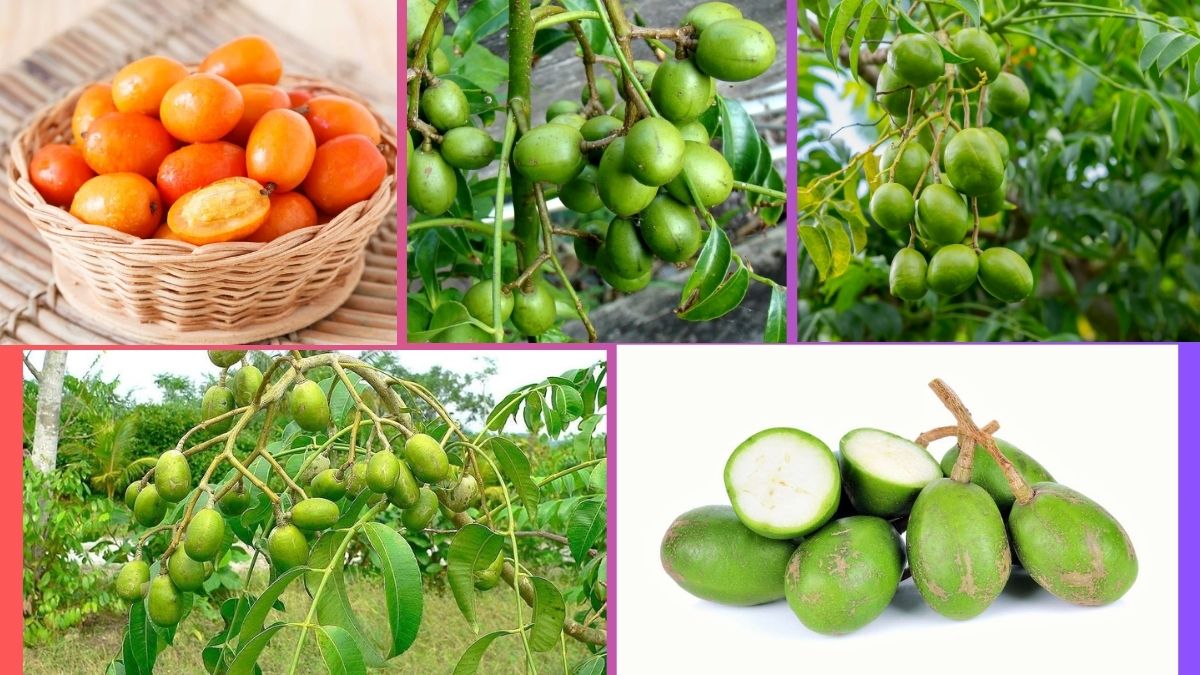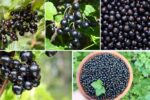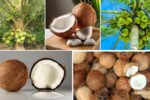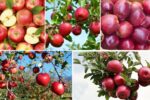Among the world’s diverse tropical fruits, Hog Plum (Spondias mombin) stands out for its sharp tangy flavor, rich nutrient profile, and deep-rooted presence in both culinary and medicinal traditions. Known by various regional names such as Yellow Mombin, Amra, Spanish Plum, or Golden Apple, this resilient tropical fruit thrives in warm, humid environments across the globe.
Although Hog Plum is cultivated in multiple tropical regions, one country consistently ranks as its largest producer: Brazil. Thanks to its ideal climate, vast natural forests, and thriving agroforestry systems, Brazil leads global Hog Plum production by a considerable margin. This article explores the origin, global distribution, production trends, and the factors that establish Brazil as the world’s top Hog Plum producer.
What Is Hog Plum?

Hog Plum (Spondias mombin) belongs to the Anacardiaceae family, which includes other tropical fruits like mangoes, cashews, and pistachios. The plant grows as a fast-growing deciduous tree, typically reaching 10 to 20 meters in height. Its fruit is oval, about 3–5 cm in length, with thin, yellowish-green to golden skin when ripe, a tangy-sour pulp, and a large, fibrous seed.
The fruit is consumed in a variety of ways:
- Eaten fresh, with a sprinkling of salt or sugar
- Pickled
- Made into jams, chutneys, or juices
- Incorporated into savory dishes and sauces
- Used in traditional medicine to treat digestive and inflammatory ailments
Its nutritional value includes:
- High vitamin C content
- Moderate levels of vitamin A and antioxidants
- Essential minerals like calcium, phosphorus, and iron
Origin and Global Distribution
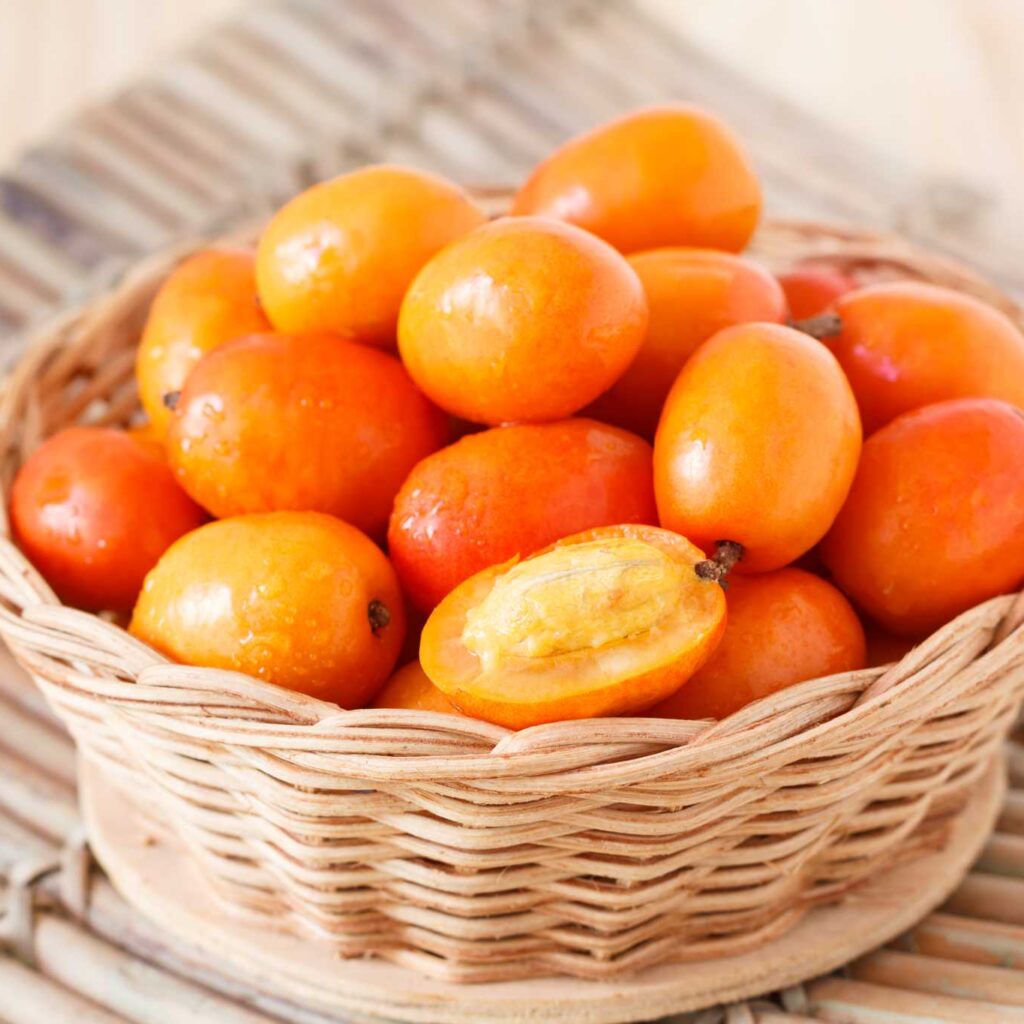
Hog Plum is native to tropical regions of Central and South America, especially the Amazon Basin. It spread naturally and through human trade routes to parts of West Africa, the Caribbean, South Asia, and Southeast Asia.
Today, major Hog Plum-producing countries include:
- Brazil
- Mexico
- Venezuela
- Ecuador
- Peru
- Colombia
- India
- Bangladesh
- Sri Lanka
- Nigeria
- Indonesia
- Vietnam
However, commercial production levels differ significantly between these nations.
Global Production Overview
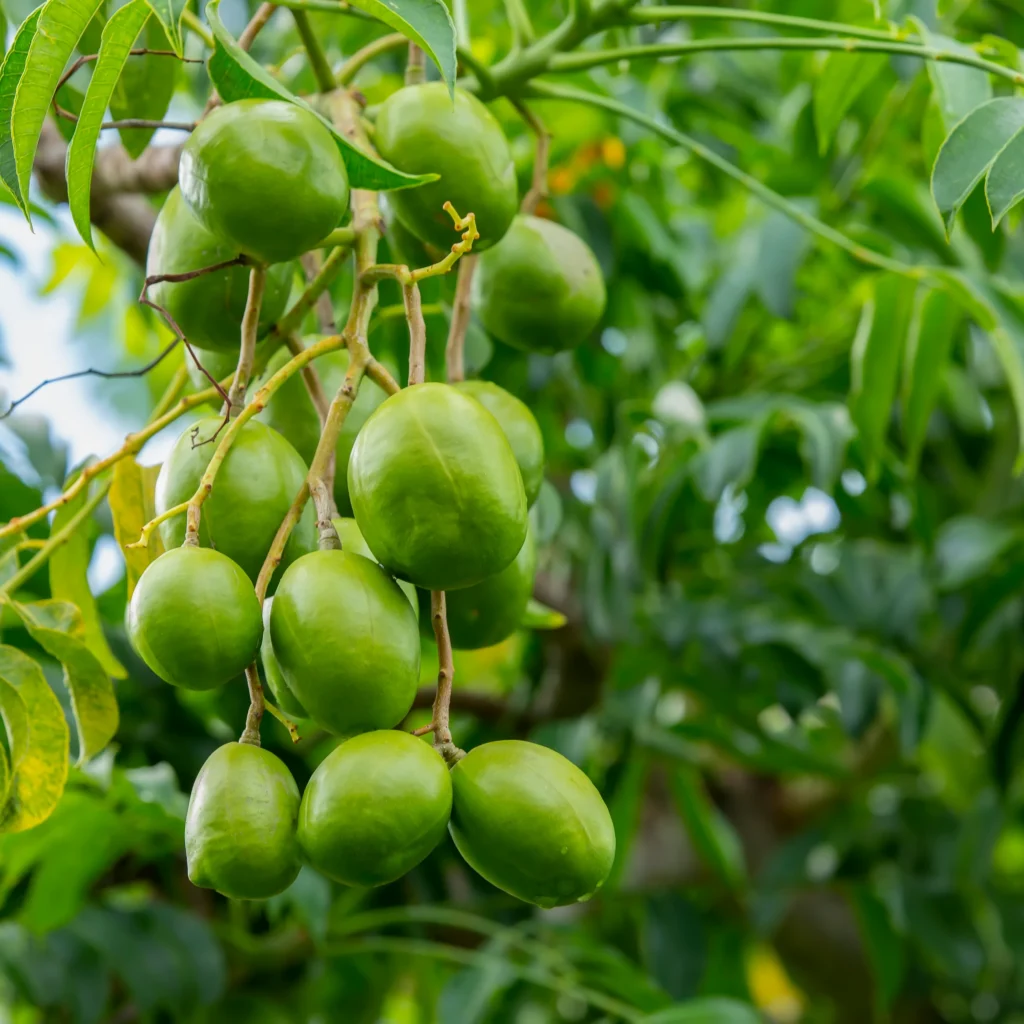
Accurate global production data for Hog Plum is limited, as it’s often categorized within “minor tropical fruits” in official agricultural statistics. However, based on estimates from agricultural departments, local reports, and export data, the global production of Hog Plum is believed to exceed 1.2 to 1.5 million metric tons annually.
Brazil alone contributes around 40% of this global output, producing approximately 500,000 to 600,000 metric tons annually. The remaining production is shared among other Latin American, African, and Asian nations.
Why Is Brazil the Largest Hog Plum Producer?
Several factors explain why Brazil has secured its position as the world’s largest Hog Plum producer:
1. Native Habitat and Abundant Wild Growth
Hog Plum is native to Brazil’s Amazon rainforest and Atlantic coastal forests. As a naturally occurring species, it thrives abundantly in Brazil’s wild ecosystems, with countless trees growing naturally in forests and rural landscapes.
2. Ideal Climate and Soil
Brazil’s tropical and subtropical climates, especially in the North, Northeast, and Amazonian regions, provide optimal conditions for Hog Plum trees:
- Average temperatures between 22°C and 32°C
- High annual rainfall between 1,200–2,500 mm
- Well-drained, loamy soils common in forested regions
3. Integration into Agroforestry Systems
In Brazil, Hog Plum trees are often incorporated into agroforestry systems, intercropped with cash crops like cocoa, coffee, and rubber. This practice benefits smallholder farmers by providing shade, supplemental income, and a diversified harvest.
4. Widespread Culinary and Medicinal Use
Hog Plum plays a significant role in Brazilian cuisine and folk medicine. It’s used to prepare popular dishes like vatapá (a traditional Bahian dish), fresh juices, jams, and local pickles. Its medicinal use, particularly as a digestive aid and anti-inflammatory, has preserved its cultivation.
5. Expanding Domestic and Export Demand
The growing interest in tropical superfruits has boosted both domestic and international demand for Hog Plum, encouraging Brazilian farmers and cooperatives to increase production and post-harvest processing capabilities.
Other Notable Hog Plum Producers
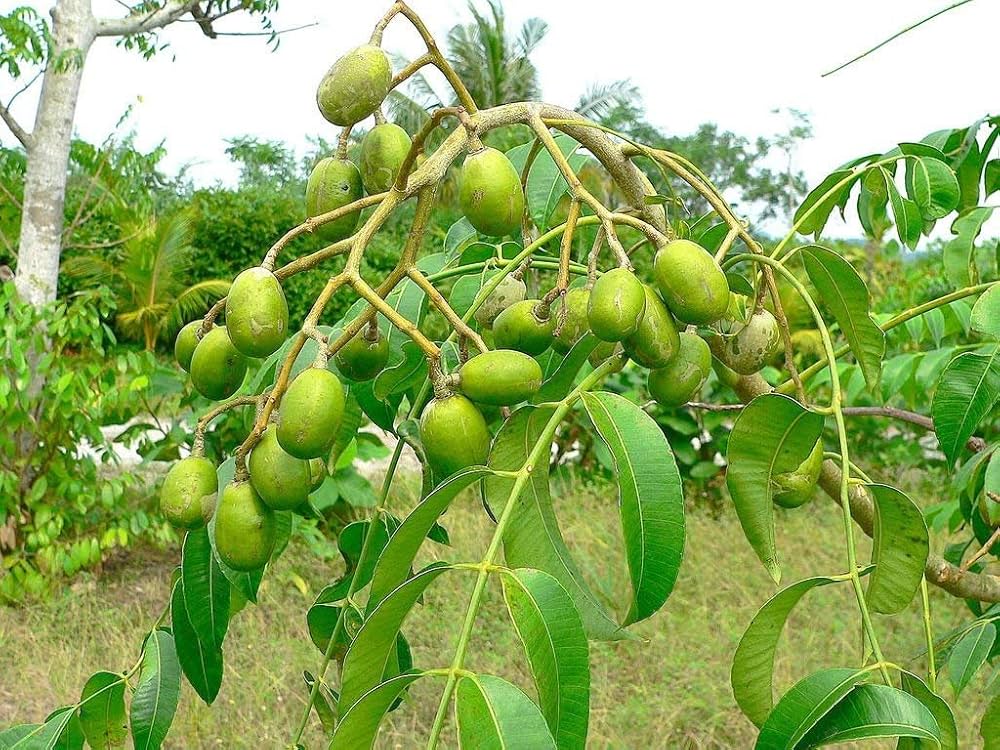
Mexico
As Hog Plum is native to Mexico as well, it’s widely grown in the Yucatan Peninsula and southern states. Though mostly consumed locally, Mexico’s production contributes around 20% of global output.
Venezuela and Ecuador
Both countries cultivate Hog Plum in their tropical lowlands, accounting for approximately 10–12% of global production combined.
Bangladesh and India
Known locally as Amra, Hog Plum is popular in northeastern India, Bangladesh, and Sri Lanka. Bangladesh alone produces over 30,000 metric tons annually, primarily for local markets.
Nigeria and West Africa
Introduced centuries ago through colonial trade, Hog Plum is now common in Nigeria, Ghana, and Cameroon, where it’s integrated into traditional diets and medicine. Most cultivation is small-scale.
Economic and Health Benefits
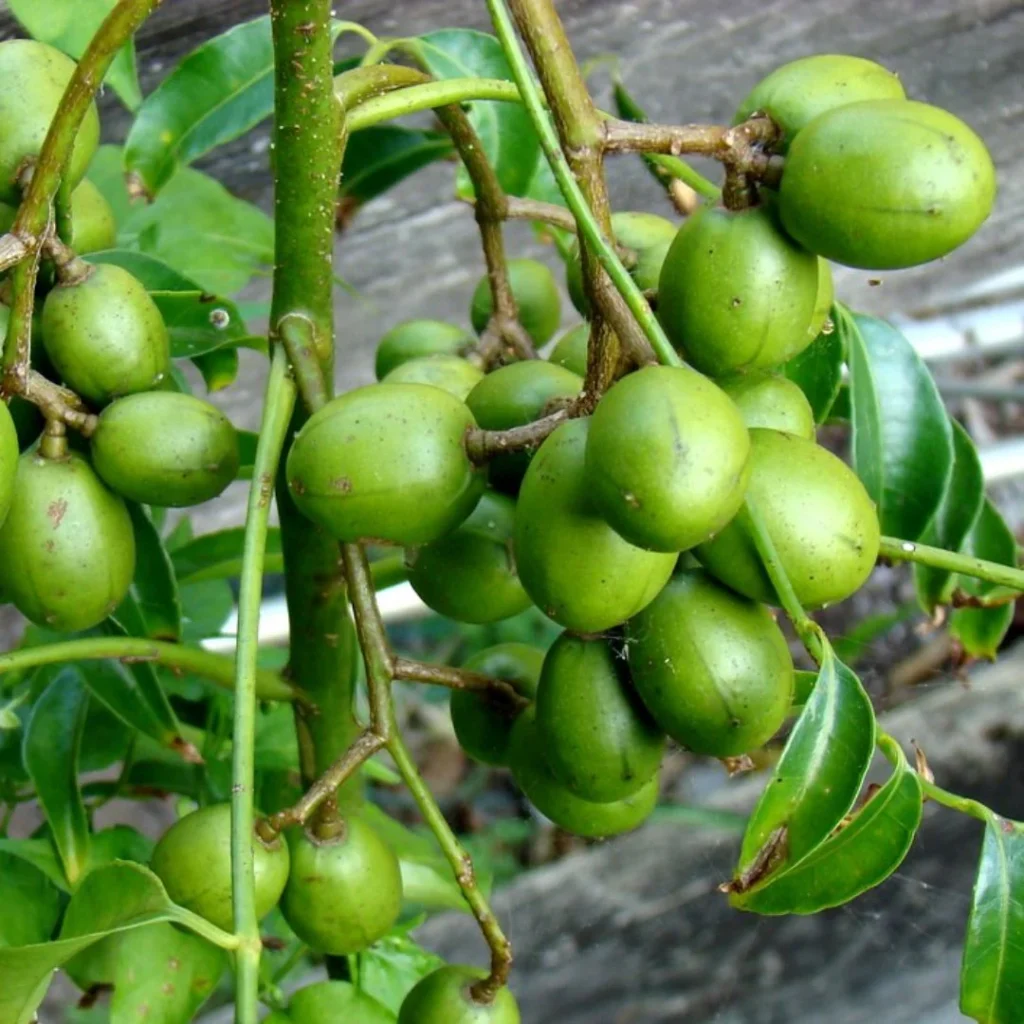
Hog Plum offers economic opportunities, particularly in rural and indigenous communities, through:
- Local fresh markets
- Juice and jam processing
- Herbal product industries
- Essential oil extraction from seeds
Nutritionally, Hog Plum provides:
- Vitamin C: Boosts immunity and skin health
- Vitamin A: Supports vision and antioxidant defenses
- Calcium and Phosphorus: Strengthens bones and teeth
- Polyphenols and flavonoids: Combat inflammation and oxidative stress
Medicinally, it’s used to treat:
- Diarrhea
- Digestive discomfort
- Skin infections
- Fever and inflammation
Challenges in Hog Plum Production
Despite its resilience, Hog Plum cultivation faces several challenges:
- Seasonal fruiting periods cause surplus harvests and post-harvest losses.
- Limited commercial orchard systems, with much of the harvest coming from wild trees.
- Short shelf life once harvested.
- Underdeveloped processing industries for large-scale value addition.
Brazil has made strides in addressing these challenges through:
- Promoting small-scale processing units.
- Integrating Hog Plum into climate-smart agroforestry.
- Developing new products like Hog Plum juice blends, syrups, and dried snacks.
Future Potential for Hog Plum
The future of Hog Plum as a commercial tropical fruit is promising due to:
- Increasing global demand for nutrient-dense superfruits.
- Rising health awareness promoting antioxidant-rich fruits.
- Interest in plant-based natural remedies and supplements.
- Agroforestry initiatives promoting environmentally sustainable crops like Hog Plum.
Brazil is well-positioned to lead this trend, with its vast biodiversity, established cultivation practices, and expanding food processing sector.
Conclusion
In conclusion, Brazil is the largest Hog Plum producer globally, contributing around 40% of the world’s total production. Its natural habitat, ideal growing conditions, culinary and medicinal traditions, and increasing market demand make Brazil the epicenter of global Hog Plum cultivation.
While countries like Mexico, Venezuela, and Bangladesh play significant roles, none match Brazil’s production scale or integration of Hog Plum into daily life and local economies. As global demand for unique, health-boosting tropical fruits continues to rise, Brazil is poised to expand its leadership, turning Hog Plum into a globally recognized, commercially valuable fruit crop.
